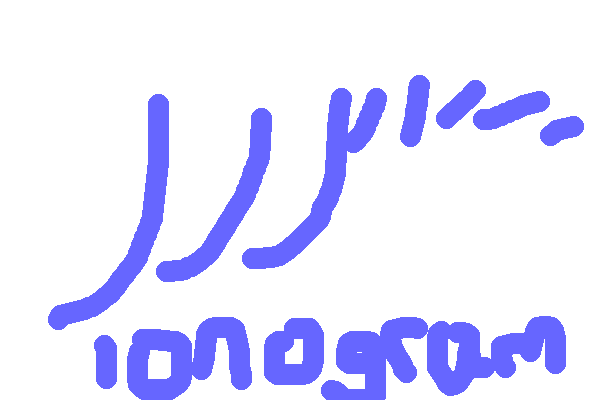|
In the real ionogram shown here, the F layer traces are split into
two - the so called O (ordinary) mode (shown as red in the ionogram) and X
(extraordinary) mode (green).These two traces arise because the transmitted
pulses propagate in two different ways due to the influence of the Earth's
magnetic field on propagation through the ionised plasma. This effect is
known as magneto-ionic splitting and is described in detail in Hargreaves
(1992), section 2.5.
|
|
The real ionogram also shows some "double-hop" echoes; these occur
where echoes from the ionosphere are reflected back upwards by the ground and
are then re-reflected by the ionosphere. This can occur many times over,
particularly for an ionosphere which has little horizontal structure or
gradients, although successive reflections are inevitably weaker.
|

Click on the image for a better view |
| |
|
Another feature is that at close to the penetration frequencies the apparent
height of the echoes increases rapidly. This is because at frequencies close
to penetration the radio wave velocity in the layer is slowed down and the
increased travel time appears as a rapid increase in virtual height.
|